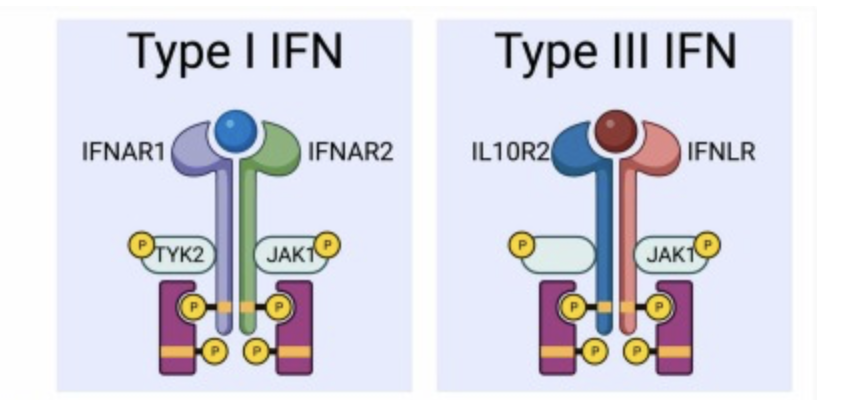
Curr Opin Immunol , Dec 2023
Megan L. Stanifer, Steeve Boulant
Differential signaling by type-I and type-III interferons in mucosa
Mucosal surfaces are barrier sites that protect the body from the outside environment. They have developed mechanisms to handle microbiota-associated triggers while remaining responsive to pathogens. Cells at mucosal surfaces rely on both the type-I and -III interferons (IFNs) as key cytokines to protect the epithelium itself and to prevent systemic spread of viral infections. Type-I and -III IFNs have been shown to use distinct receptors but similar JAK/STAT signaling cascades to elicit the induction of IFN-stimulated genes. These overlapping cascades led to the original hypothesis that both IFNs provided redundant functions at mucosal surfaces. However, accumulating evidence points toward a different model where each IFN provides a unique protective and homeostatic function as well as distinct antiviral protection to epithelial cells. This review will highlight recent work shedding light on the differences in how both type -I and -III IFNs induce receptor-mediated signaling to protect mucosal surfaces.
Visit Journal